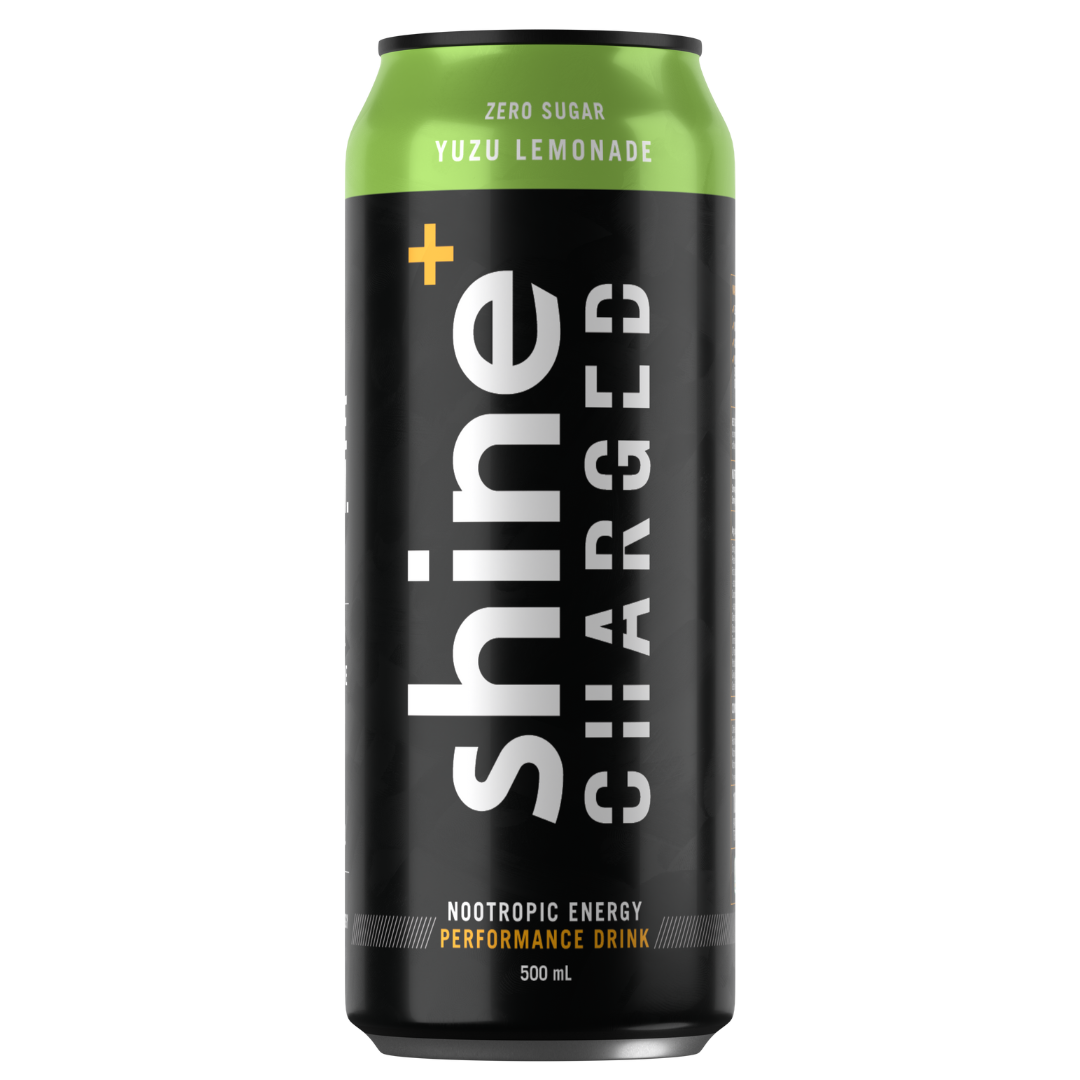A LOOK AT NOOTROPICS - WEEK 1 - LION'S MANE
Welcome to Week 1 of our voyage across the nootropic world. Let’s kick off proceedings with a deep dive into a nootropic which is possibly the coolest kid on the block – Lion’s Mane.
Now, we’re no Sherlock Holmes here at shine+, but as all good personal investigators do, let’s first take a look into Lion’s Manes history and where it comes from.
Lion’s Mane is technically a mushroom, and a member of the Fungal Kingdom. Interestingly, Fungi is more closely related to animals than plants. Weird right? Where plants derive carbon from carbon dioxide in the air, and energy through the process called photosynthesis, both fungi and animals derive carbon and energy from the breakdown of organic matter. However, things soon changed and animals, including us as homo sapiens, took the evolutionary jump to ingesting food and breaking it down inside their bodies. However, fungi, like Lion’s Mane, took the route of excreting enzymes into the surrounding material to break it down and subsequently absorb these smaller molecules. Pretty cool huh?
Now we’ve got the history down pat, let’s take a closer look at Lion’s Mane…
Lion’s Mane is pretty well travelled and as such has a few variations in names depending on location. In Japan it’s called Yamabushitake, in China its called Hou Tou Gu and in North Korea it goes by Kim Jong Mane. But what makes Lion’s Mane so special and important for the brain?
1. Nerve Growth Factor
Around the world this delicious mushroom has been referred to as ‘Nature’s Nutrient for the Neurons’ due its ability to stimulate the production of nerve growth factor (NGF). NGF plays an important role in both the differentiation and survival of several cell populations in both the central and peripheral nervous systems. Importantly, lower than normal levels of NGF have been linked to early stages of both Alzheimer’s disease and Dementia.
Although most interest in Lion’s Mane has focused on neurological function, NGF plays a much wider role in regulating the body, and is known to have antioxidant and anti-inflammatory properties.
So how does Lion’s Mane stimulate Nerve growth factor? The two suspects involved are aromatic hericenones and diterpenoid erinacines, good luck pronouncing these names. Importantly, these molecules are small enough to pass through the blood-brain barrier.
2. Lion’s Mane enhances Learning and Memory
Not only can Lion’s Mane increase the growth rate of new nerve cells, but it can also strengthen the connection between neurons. In plain English, the human brain has billions and billions of neurons (specialised cell which transmits information) with trillions of interconnections. Each one of these connections transmits a signal, which can be involved in a memory, thought or idea. Thus, if you can create stronger connections and facilitate their survival you are able to strengthen, retain and create both new and existing memories.
3. Clinical evidence to support Lion's Mane
In controlled studies Lion’s Mane supplementation has been shown to be beneficial in patients with mild dementia. In this study, although relatively small in sample size, patients were randomised into treatment and control groups. Lion’s Mane was given as tablets at 3g/day for 16 weeks and produced significant increases in cognitive function. If you’re interested the study link is provided below.
There you go, now you have an insight in to the benefits of what is probably the coolest fungi in the kingdom – Lion’s Mane.
If you’d like any further information or have any other comments, please email us at Hq@shinedrink.com.
Until next week, stay hungry, stay humble and be smart.










